- We Are Many and Diverse
- Our Chemical Diversity
- Lichen Substances and Rocky Substrates
- Lichens: Uses and Traditions
We Are Many and Diverse

The number of species present and the size of their thalli depend on both the duration of the surface's exposure to external factors and the environmental and microclimatic conditions of the site. A single rock, like the one at this station along the path, can host dozens of different species, especially if situated in a highly natural setting.
-
Learn more...
Rock surfaces colonised by lichens generally appear as a multicoloured mosaic. The observed heterogeneity reflects the diversity of species that make up the lichen communities, differing in thallus morphology (explore further at STATION 1), as well as in the production of substances responsible for their colour.
Our Chemical Diversity
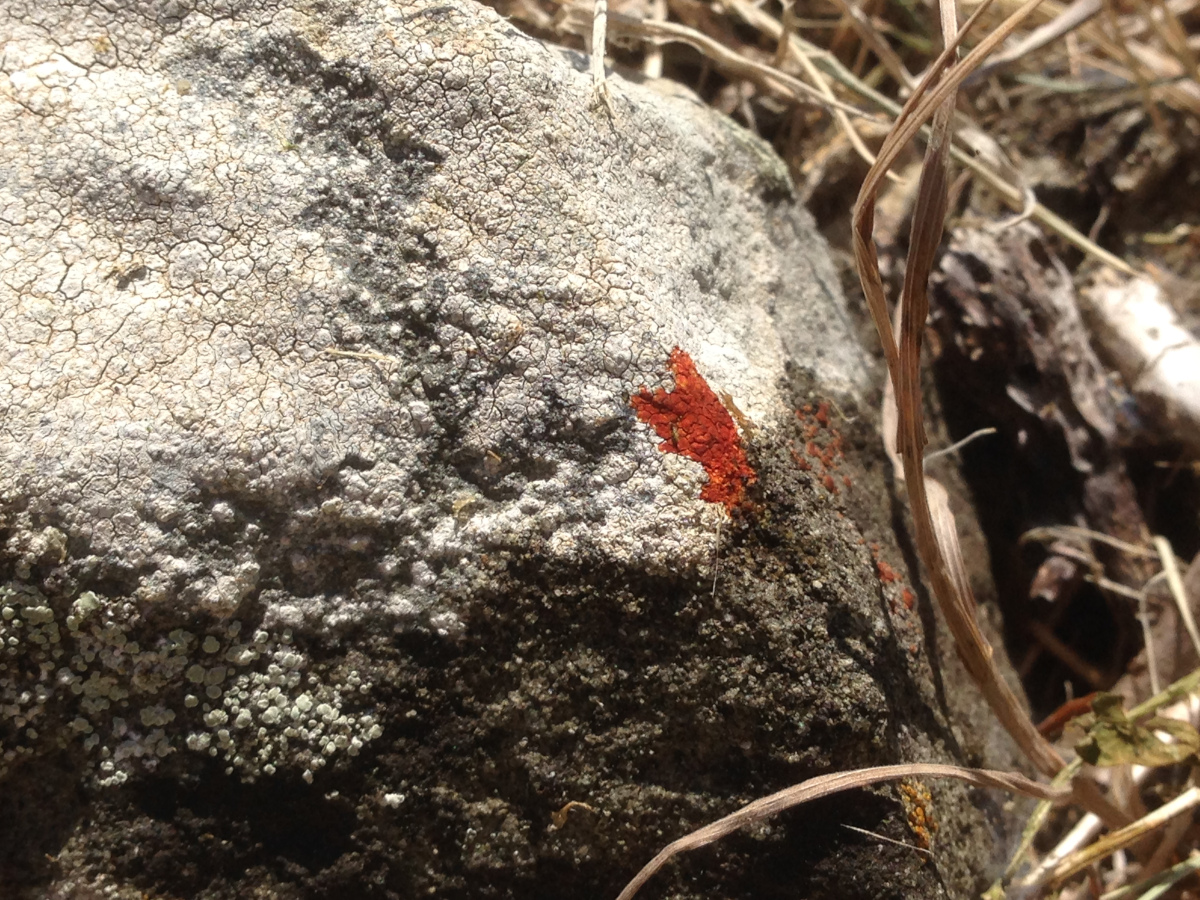
Lichens produce over 1,000 secondary metabolites – substances that are not essential for their survival but help them cope with environmental stress. For instance, these compounds can make them unappealing to herbivores like snails or protect them from excessive solar radiation by absorbing UV light. These substances are also responsible for the variety of colours observed in lichen thalli.
-
Learn more...
The presence of secondary metabolites is so significant that lichenologists use it to distinguish between different species and varieties. For this purpose, as early as the 19th century, simple spot tests were developed, which allow for the detection of some of these compounds by observing the colour changes in the thallus after applying a drop of caustic lye or bleach. Today, in laboratories, advanced spectroscopic techniques are used for a more precise and detailed characterisation.
Lichen Substances and Rocky Substrates
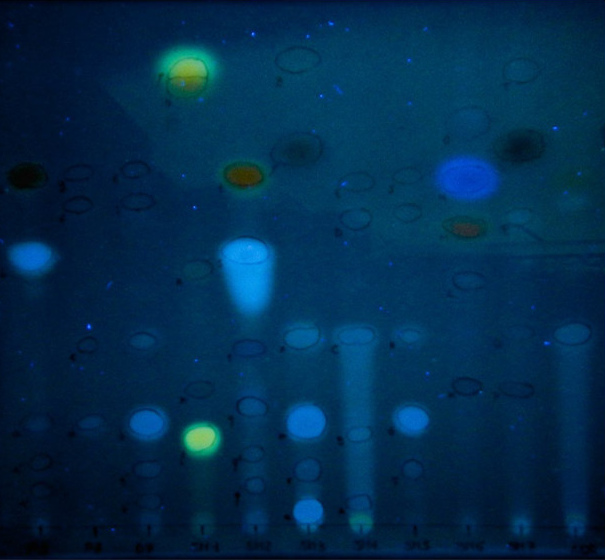
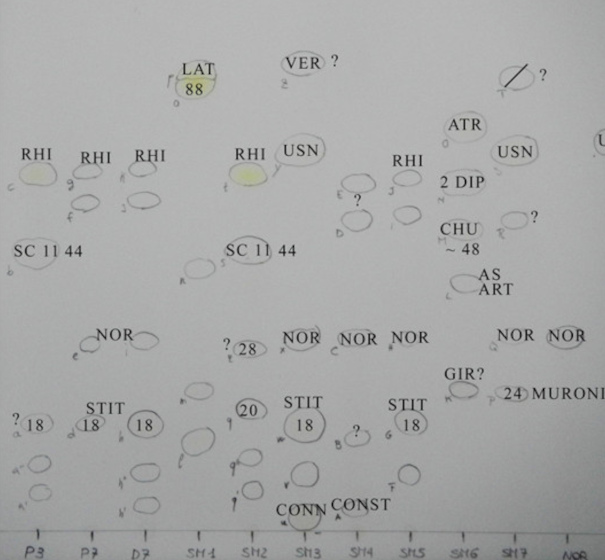
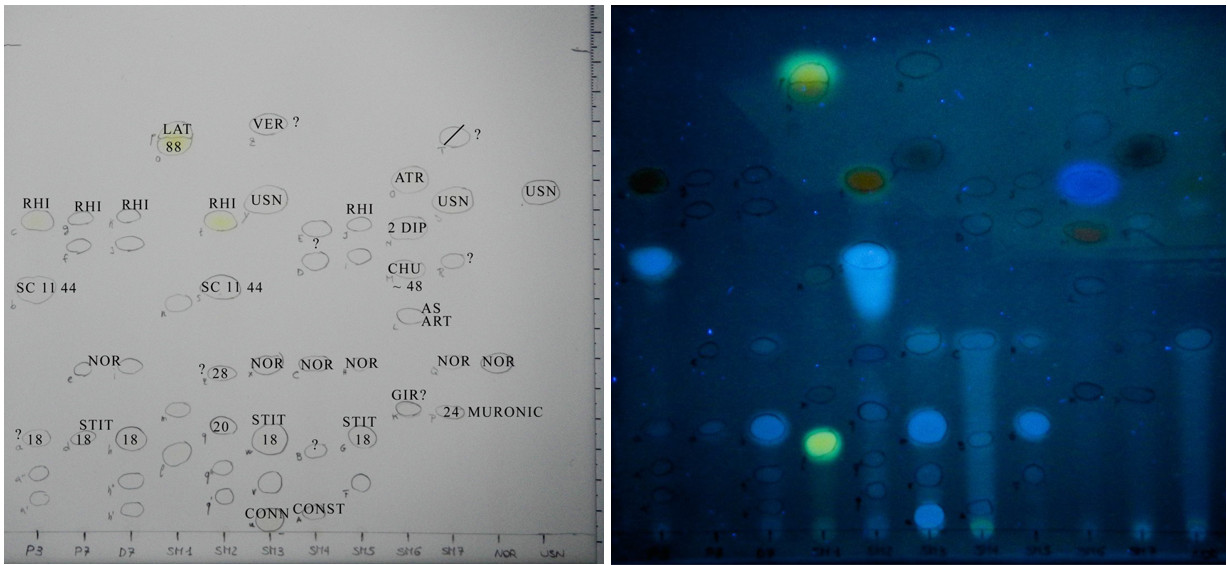
The ability of different lichen species to colonise various environments is influenced by the properties of the metabolites they are able to synthesise.
-
Learn more...
For example, the production of certain substances does not appear compatible with growth on iron-rich rocks. This is because the interaction between metabolites and the substrate can release metal ions, which in small amounts may be beneficial for nutrition and proper thallus functioning, but in excess become toxic. These complex bio-geo-chemical interactions are at the core of the biodeterioration processes described earlier (explore further at STATION 3).
Lichens: Uses and Traditions
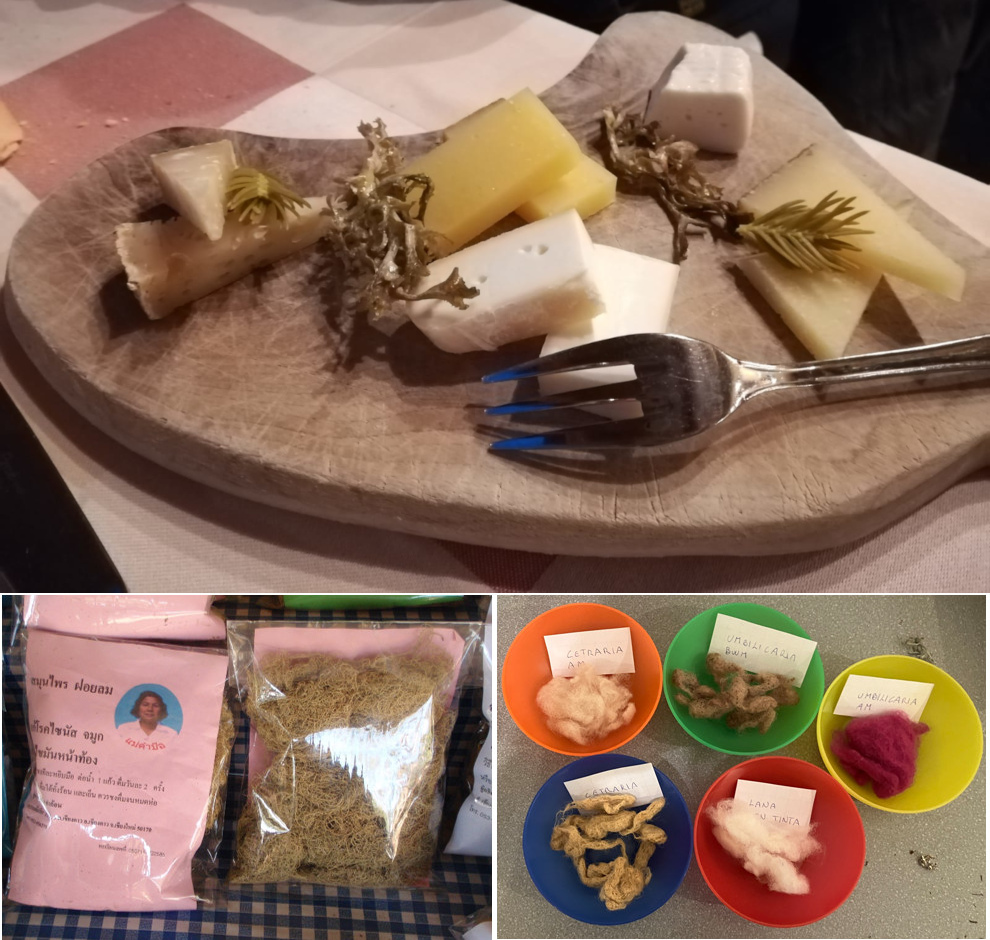
Lichens have been used by humans since ancient times, primarily due to the secondary metabolites present in their thalli. Traditional uses passed down to the present day include folk medicine, perfumery, textile dyeing, and, in some cases, even food.
-
Learn more...
Lichens are used in many cultures, especially in Northern Europe, Alaska, India, the Far East, and Arab countries, where they serve as a base for flours, spices, and supplements. Their use in medicine dates back to ancient Egypt: many lichen substances have antibacterial, antibiotic, and even antitumor properties, attracting the interest of the pharmaceutical industry. They are also widely used in perfumery: the famous “oak moss” comes from a common epiphytic lichen. But beware! The metabolites of some lichen species can also be toxic, allergenic, or even hallucinogenic.
